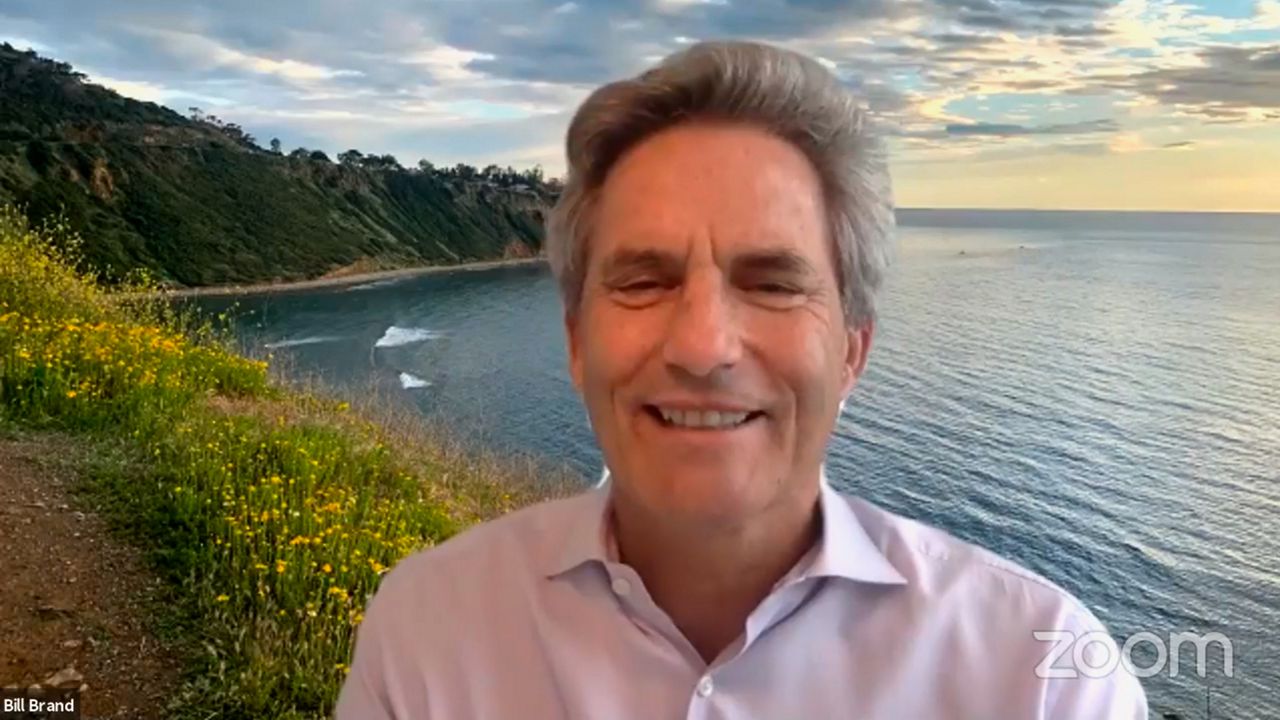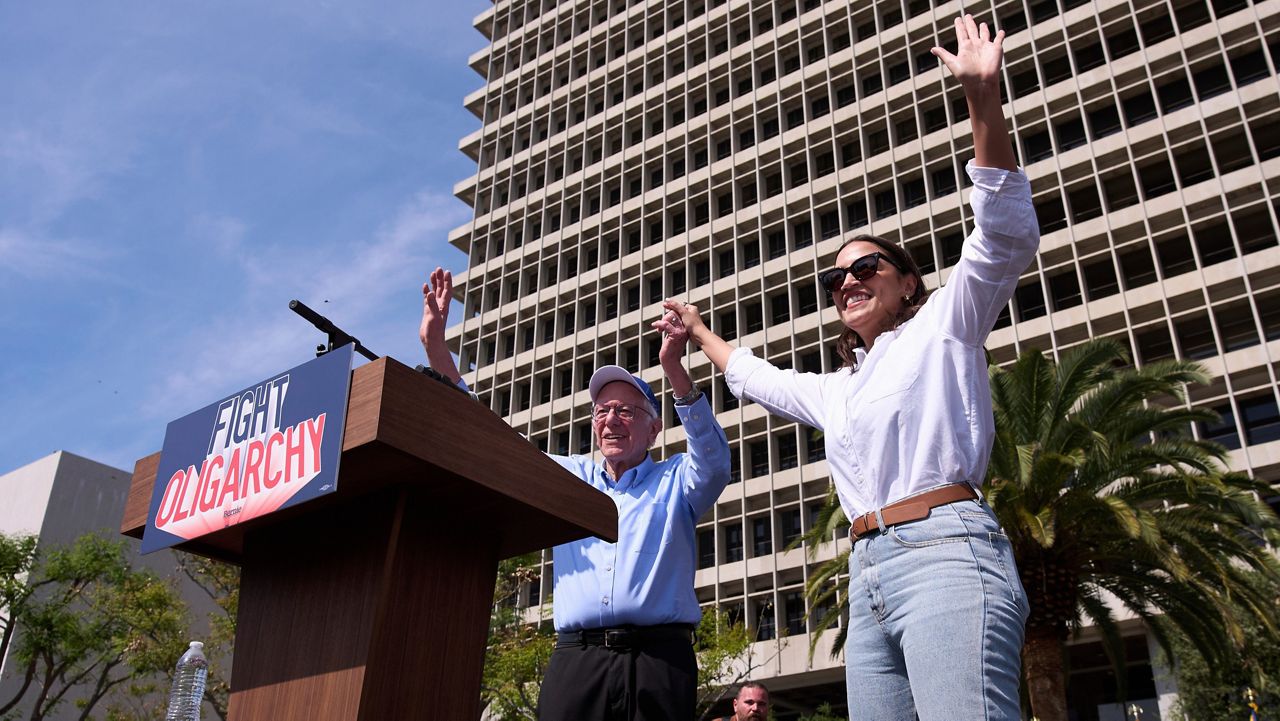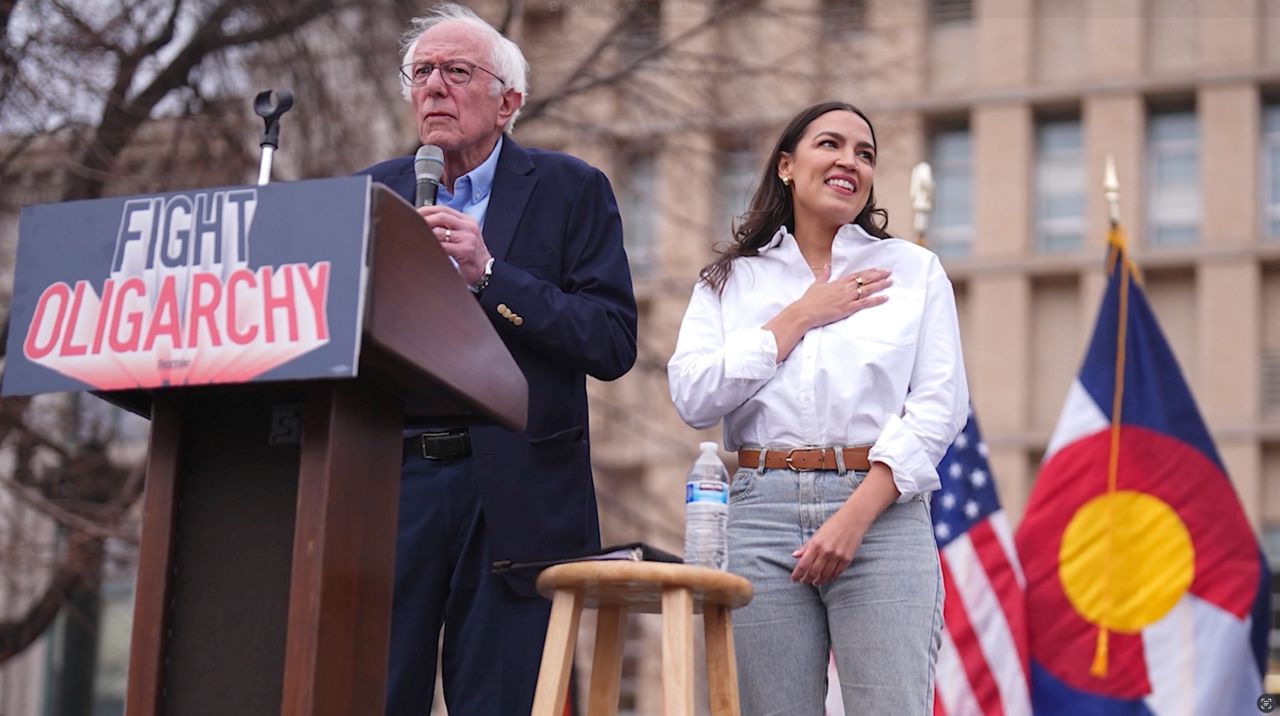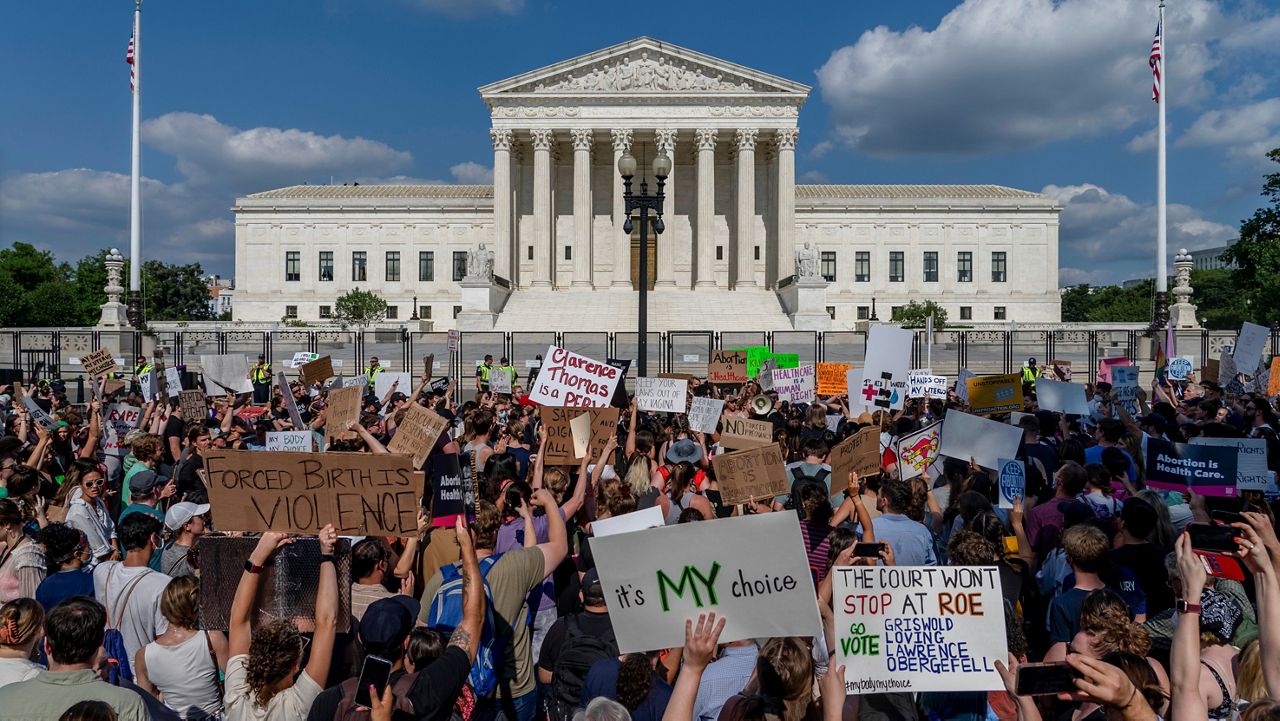REDONDO BEACH, Calif. — Like so many of us, Redondo Beach Mayor Bill Brand has become very familiar with video conferencing calls over the past year. But since last summer, Brand has used his mayoral station to meet with a host of frontline medical personnel and decision-makers via streaming video, broadcasting via Facebook Live, to give his constituents an idea of just what’s taking place in nearby hospitals.
Early in the pandemic, Brand took to live-streaming community meetings with constituents, answering questions, and reporting on the actions of the Redondo Beach City Council. But as the months went on, Brand reached out to medical professionals based in the South Bay for their insight and has continued with regular interviews every few weeks. Spectrum News 1 spoke with Brand about this initiative.
I wanted to bring information directly from experts to the public. There’s so much noise on social media and so much noise in regular media – it’s hard for anyone to figure out what facts were to be paid attention to and what were to be ignored.
As part of Redondo Beach’s disaster council, Dr. Marianne Gausche-Hill — the director of emergency medical services for L.A. County’s Department of Public Safety — had presented information to us. I asked her if she’d do that on Facebook Live, so the public could see the same information that the disaster council and myself were seeing. She was the first one to step up.
A lot of doctors and hospital administrators were afraid to be on such an open-ended discussion about what’s going on. She was more than happy to do it, and it’s been my experience since that health professionals are itching to talk to the public.
I didn’t know what treatment protocols were for someone who had COVID and wasn’t on a ventilator. It’s interesting to hear how they had transitioned from certain treatments in the beginning and didn’t know if they were working or not and to hear how much they’ve learned and how protocols have changed. It’s reassuring to know how they’re adjusting and learning from their experiences on the frontlines — not just moving ahead with something because it worked once.
We can present information to the public in a way that they can understand it and feel confident that they’re hearing from experts that are currently on the frontlines, and not some random consultants that were interpreting reports and data for us when they’re not experts.
And you get updates! Things are changing so quickly. The most comments I’ve got is that people find it comforting and reassuring, hearing from people who are dealing with this day-in and day-out and have trained their whole lives for moments like this. It gives the public confidence that they’re dealing with this pandemic in an effective and compassionate way.
It’s a great tool, but like any tool, you have to figure out how it works…how to ignore the nasty comments and filter through the noise so the public can hear from the real experts and get information in a forum that doesn’t exist elsewhere.
You know, I think more elected officials should use social media this way to communicate in real-time with the people they represent. Just to keep people informed and give them an opportunity to hear from experts more frequently.
You can get quotes here and there from a newspaper or a magazine, but they’re just little quotes. To have an hour, or an hour and a half, with an infectious disease expert who has been studying COVID since the pandemic began almost a year ago is invaluable.
There’s value in the visual aspect — the charts, the pictures, and you see the person. It’s educational television without the commercials.
The country is having the equivalent of a 9/11 event every day. Over 3,000 people a day are dying. I think that’s finally getting more and more people’s attention. But we still have people that are being too cavalier about not wearing masks, thinking that even if they get it, everything’s going to be fine. One of the main points is to educate those who still have doubts about how serious this is.
Everybody knows what the hell’s going on. They know they need to stay safe, they’re either going to do it, or they’re not.
Well, for cutting edge treatments and the physiological aspects of COVID, you should look at Dr. Anita Sircar’s interview. For what a frontline nurse is dealing with, Lindsey Burrell, an ICU nurse, knows what’s going on. There’s Dr. Lisa Anhalt from Torrance Memorial Medical Center, talking about how they decide who gets hospitalized. From an administrator’s point of view and how hospitals are being challenged, then there’s Garry Olney, of Providence Little Company of Mary hospital. But his is getting a little dated — it’s about three weeks old.
Well, the information changes so quickly. But one of the benefits is that we can do it at any time. It’ll just be recorded, sitting there for people to watch, and it’ll be there for the indefinite future.
This interview has been edited for clarity and brevity.










